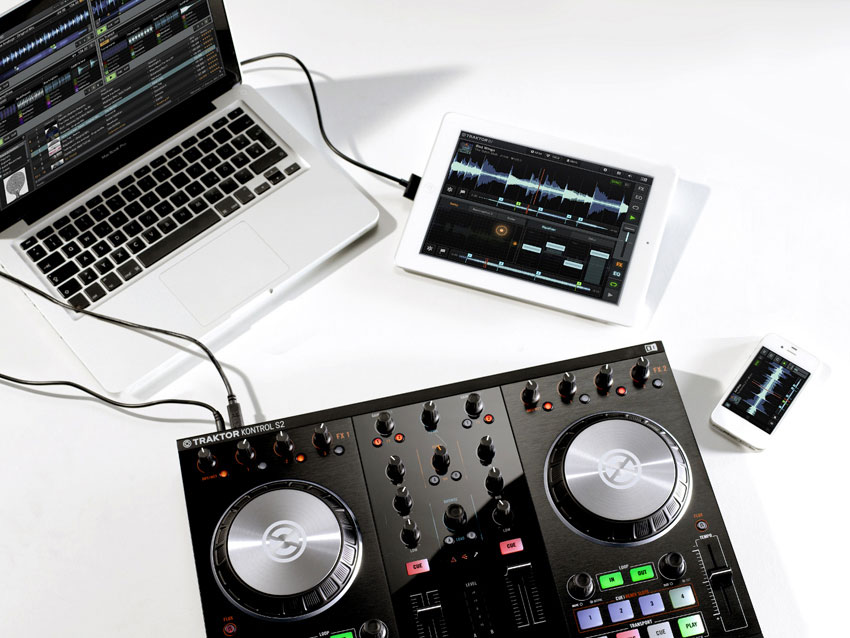
Introduction
DJ EXPO 2014: Back in the day, entering the world of DJing was a straightforward business. All you needed were the best turntables you could afford (Technics SL-1200s if you were lucky, a pair of belt-driven monstrosities if you weren’t), a mixer, a few records and you were set.
These days, the array of available setups is nothing short of bewildering. In addition to turntables, we now have CD decks, laptop software, digital vinyl systems, apps... the list goes on.
With myriad options, even more experienced jocks can suffer from analysis paralysis. If you’re a newbie, the situation can be even more confusing. Some of these items can be pretty expensive, too, so it’s advisable to find out exactly what kind of setup would best suit your particular requirements before you splash out.
In this guide to the plethora of hardware and software available, we point out the pros and cons of seven different approaches. Once you’ve digested the following, you will find yourself in a more informed position and, hopefully, feeling slightly less queasy about shelling out hundreds - if not thousands - pounds on your new setup.
First up is a time honoured classic...
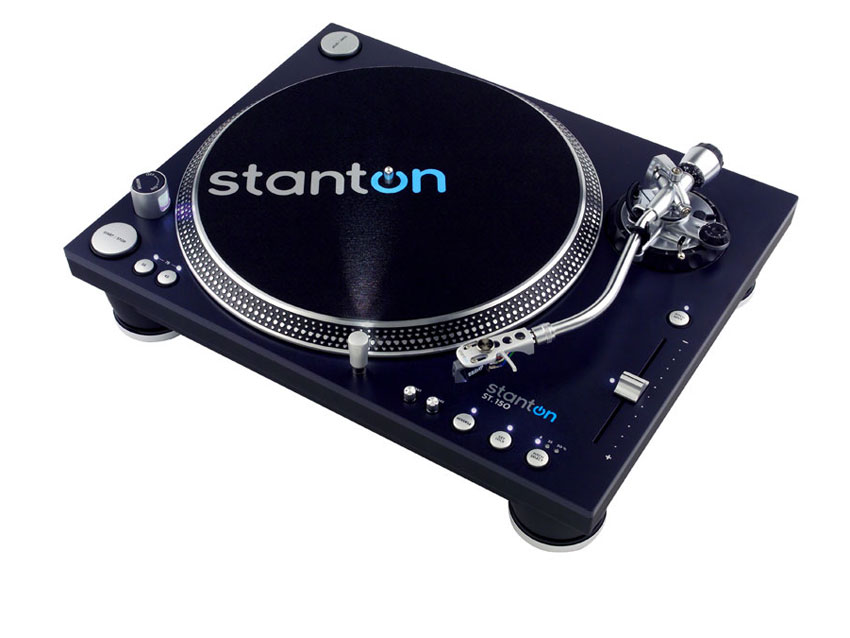
Turntables and mixer
Mixing with vinyl is a tactile experience that can’t be replicated by CD decks or controllers. If you become skilful enough to scratch and beat juggle, you’ll be able to put on a show that’s hard to beat.
Practice and patience is definitely required when it comes to working with vinyl - you’ll have no BPM detection or sync button to help you out when things get dicey!
This sans safety net approach will encourage you to develop strong fundamentals, and it’s also reassuring to know that you’ll never be at the mercy of a temperamental laptop.
Old school purists will always insist that the only real way to DJ is to use vinyl records. If you can mix well on turntables, you’ll be safe in the knowledge that your authenticity as a jock is beyond question. On the other hand, you’ll constantly have to explain how physical media works to confused millennials.
Final word:
Turntables have many disadvantages: they’re heavy and bulky, making them difficult to transport, and record boxes can be similarly unwieldy and back-breaking. Many clubs don’t bother to keep theirs in good shape either, and some don't have turntables at all.
As record labels move to digital only distribution, you’ll likely find it harder to get the tunes you want to play on vinyl, and pressing a dubplate to test out your own productions can be an expensive endeavour. However it’s possible to get around these problems by using a digital vinyl system [link to Number 3].
Another issue is that the industry standard Technics SL-1200 has been discontinued, so unless you’re willing to procure a second hand pair on eBay you’ll have to opt for something like a Stanton ST150 instead.
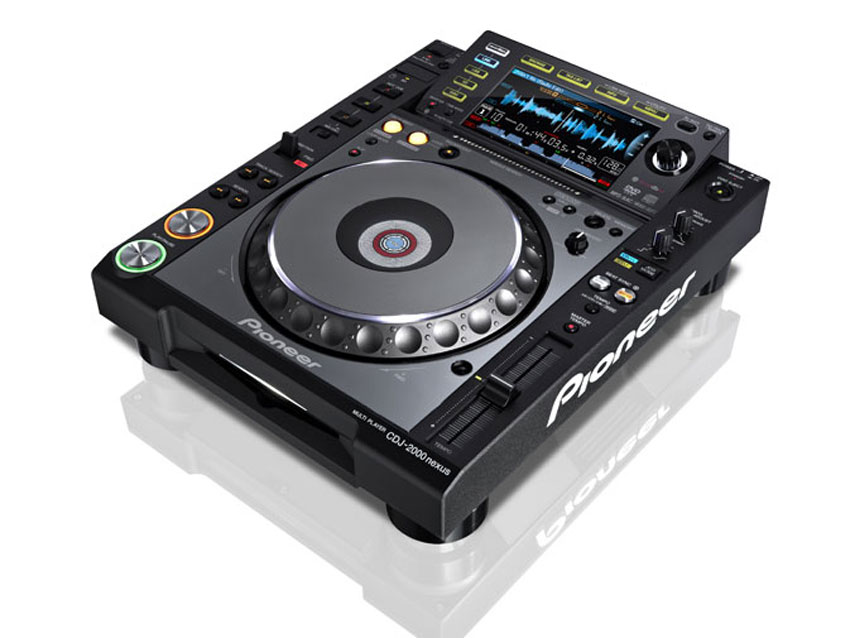
CD decks and mixer
CD decks, such as Pioneer’s industry standard CDJ range, don’t offer the same tactile feedback that turntables do. They also don’t behave in exactly the same way when it comes to scratching and juggling.
However, they’re generally smaller, lighter, and less prone to skip. While it’s not impossible for club decks to suffer from malfunctions, they don’t rely on fragile needles, making them the more reliable format.
CDs are a better choice than vinyl in terms of cost effectiveness - it’s possible to buy a wide variety of music digitally at a relatively inexpensive price, and CD-Rs can be picked up for a few pennies each if bought in bulk. This makes CD a reasonably priced format for producers and new music lovers, but burning CDs before each gig can be a time consuming process.
More recent CD decks have BPM detection and the ability to read from USB drives, while Pioneer’s flagship CDJ-2000 has a big display and syncing abilities that put it almost on a par with digital vinyl systems.
Final word:
For most club DJs, the choice will be between using CDs and a laptop centric approach, be it digital vinyl or controlled based. These days, most clubs have CDJs installed, which is convenient as it means rather than lugging a laptop, audio interface and cables around you can just burn a wallet full of CDs before a gig.
As CD-R as cheap enough to be essentially disposable, this is a great solution for the DJ that likes to party after their set - losing a few CD-Rs is a trifling matter compared to having your laptop damaged or stolen.
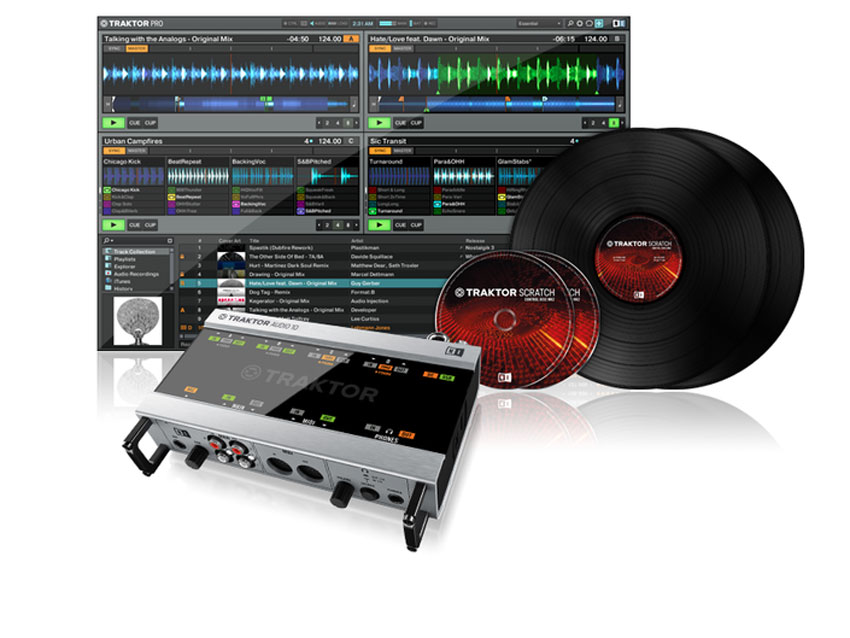
Digital vinyl system
Probably the most commonly used approach for dance music jocks is a digital vinyl system (DVS) such as Native Instruments’ Traktor or Serato Scratch Live.
These enable you to use vinyl or CDs to play digital files from a computer. For many DJs, this offers the best of both worlds, giving them the tactile control of traditional DJ hardware combined with the ability to play digital music files.
DVS work by using timecoded records or CDs that tell a piece of software what part of the record is currently playing. This means you can speed a track up or down, scratch, and do anything you could if the music you were playing was on vinyl or CD. DVS software typically allows you to apply effects and set up multiple cue points, too, which makes it a really powerful format for creative DJing
Final word:
While DVS has a huge number of advantages, its weakness is its complexity: if either the decks, audio interface or laptop suffer a malfunction you’re in trouble! What’s more, DVS can be a pain to set-up, especially in cramped conditions while another jock is trying to finish their set.
Thankfully, the ubiquity of DVS means that most DJs will at least tolerate you fiddling around with the mixer while they practice their hand-heart gestures.

Laptop and controller
Now we’re properly entering the realm of new school DJing. The lack of traditional hardware invites bitter old-timers to indulge in format snobbery and claim that “the computer is doing all the work”, but this isn’t necessarily true.
While laptop based solutions make it possible to 'cheat' and string together an uninspiring set of automatically synced Top 100 bangers, that’s the very least of their capabilities.
Using Traktor and a controller, such as Native Instruments’ own Traktor Kontrol S2, it’s possible to beatmatch manually just as you would with a set of CDJs. The advantage with the laptop approach is that you can keep all the music on your computer (saving you from burning hundreds of CDs ).
That entire setup is way more portable - if you’re got a fairly large rucksack, it’s possible to fit both an S2 and a laptop in it, giving you much more portability than CD or vinyl based systems.
Final word:
If you’re not concerned with beatmatching in real time, Ableton Live is a great choice. It allows you to blur DJing and live production thanks to its innovative Session view and arsenal of incredible effects.
The downside of Live, of course, is that all the tracks you want to play need to be warped before you begin your set, making it a poor choice for the casual DJ who likes to fling on a few random records.
That said, if you want to mix three instrumentals with an acapella over the top complete with multiple filters and beat slicing effects, Live is the way to go.
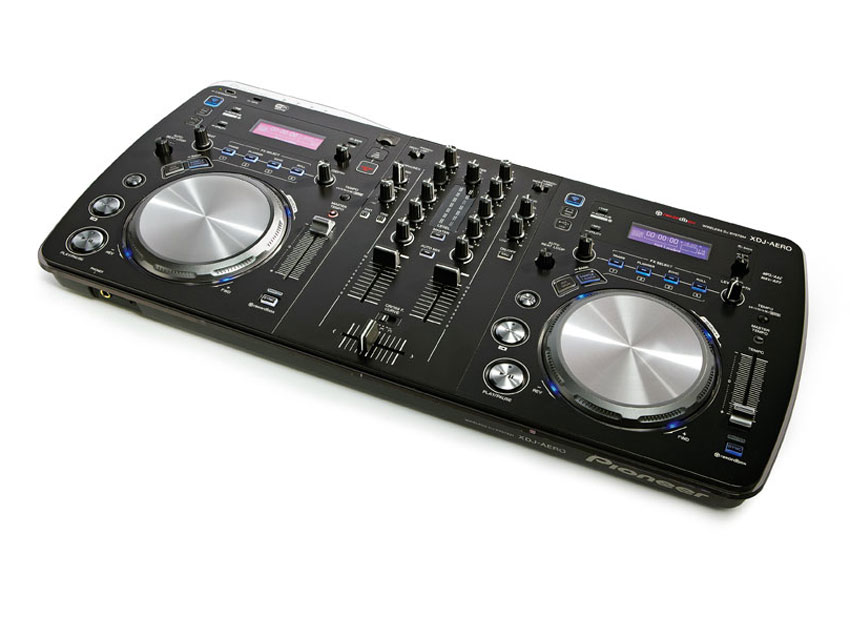
All in one device
Increasingly, hardware manufacturers are creating devices that combine controller, mixer, hard drive and audio interface - everything you need to play a set without having to bring along a laptop or anything else.
This approach isn’t just tempting thanks to it elegance and portability... These kind of devices are typically much cheaper than buying separate decks and mixer.
Because these are dedicated all in one devices, they’re capable of some cool tricks. The Pioneer XDJ-Aero, for instance, allows you to stream tracks from your smartphone via the free rekordbox app. Slick!
Final word:
The disadvantages of using such as setup are that they’re not industry standard - although the XDJ-Aero has controls that work much like the company’s CDJs and mixers, it’s still not quite the same as using separate devices. What’s more, these kinds of product are larger and not as easy to squeeze into a DJ booth.
The other potential problem is that if your unit suffers a hardware malfunction, you’re not going to be able to get the music off it and onto another format as easily as you would from a laptop. Having some kind of contingency is a good idea.
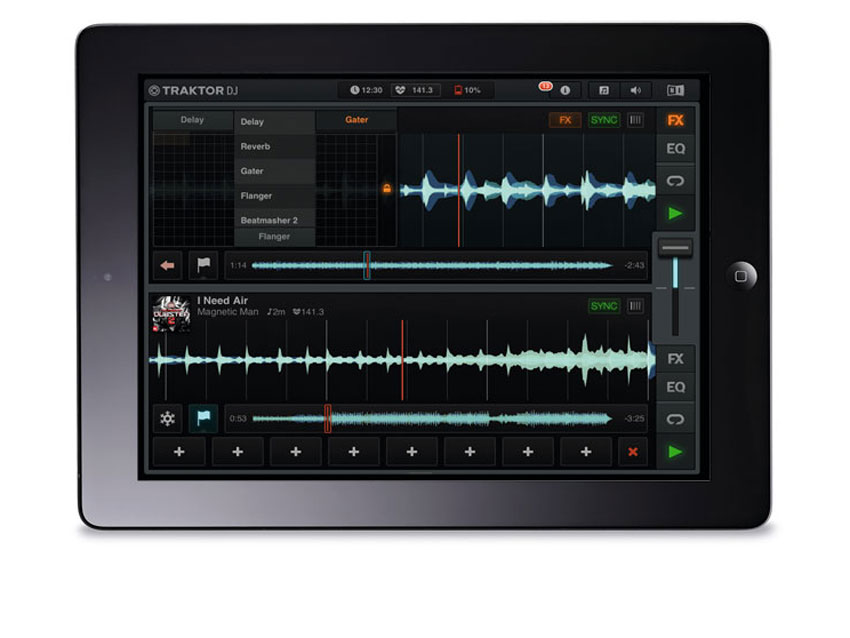
Phone or tablet
If you really want to stick it to the format snobs, there’s no better way to do it than by playing a set off your tablet or smartphone. Apps such as Native Instruments’ Traktor DJ make it possible to mix it up on such a device. While that particular app doesn’t have all of the features of Traktor Pro, it’s surprisingly capable.
FX, EQ, filtering, looping, slicing and more are all possible, and the latest Traktor Kontrol S2, S4 and Z1 devices can be connected to your iOS device and used to control the majority of this features via physical controls. Without a controller you’re restricted to automatically synced mixing with no cue channel - hugely limiting if you really intend to perform live - but the Z1 affords you a cue channel, while the S2 and S4 give you that plus the ability beatmatch tracks manually.
Final word:
With these capabilities, the prospect of playing off a mobile device becomes not just possible, but practical - it's like using a laptop or a computer, but lighter and less bulky; ideal for those after an ultra-portable solution.
The disadvantage of this approach is that, without the extra kit, mixing on a tablet is a fiddly experience that suffers from not having tactile controls. Plus, consumer kit is typically more fragile than pro gear and less able to stand up to the rigours of club use.

Hybrid setup
Not satisfied with the creative possibilities of just one setup? Why not combine multiple technologies and really go to town?
The great thing about DJing is that as long as you can manually get something in sync with whatever you’re already playing and run through a mixer, it’s fair game! The really adventurous among you could even get drum machine, synths and effects in on the act - the possibilities are endless if you’re prepared to push the envelope.
Take A Guy Called Gerald as your inspiration - he mixes between two laptops running Propellerhead Reason.
Final word:
Aside from requiring more thought (and likely practice) than a more straightforward setup, the disadvantage of a more complex setup is getting the necessary space required for all of your gizmos, and the increased likelihood that a link in the chain will fail the more bits of kit you use. Still, if you really want to show off your mad skills then forging your own path is the best way to do it.